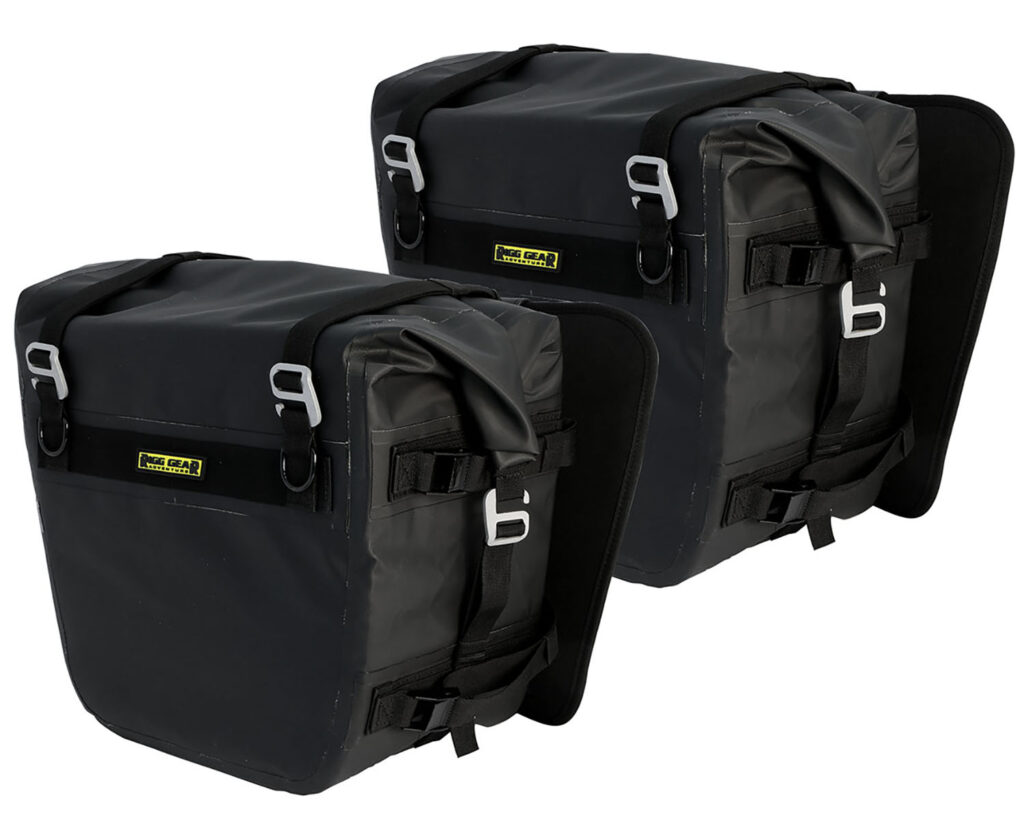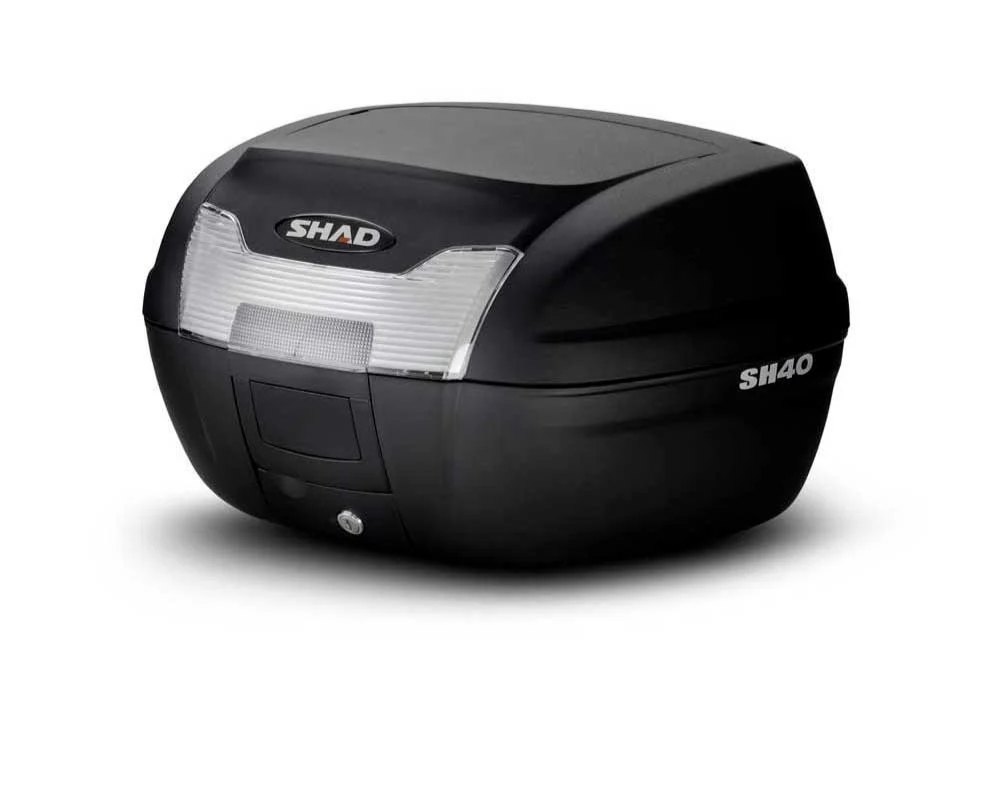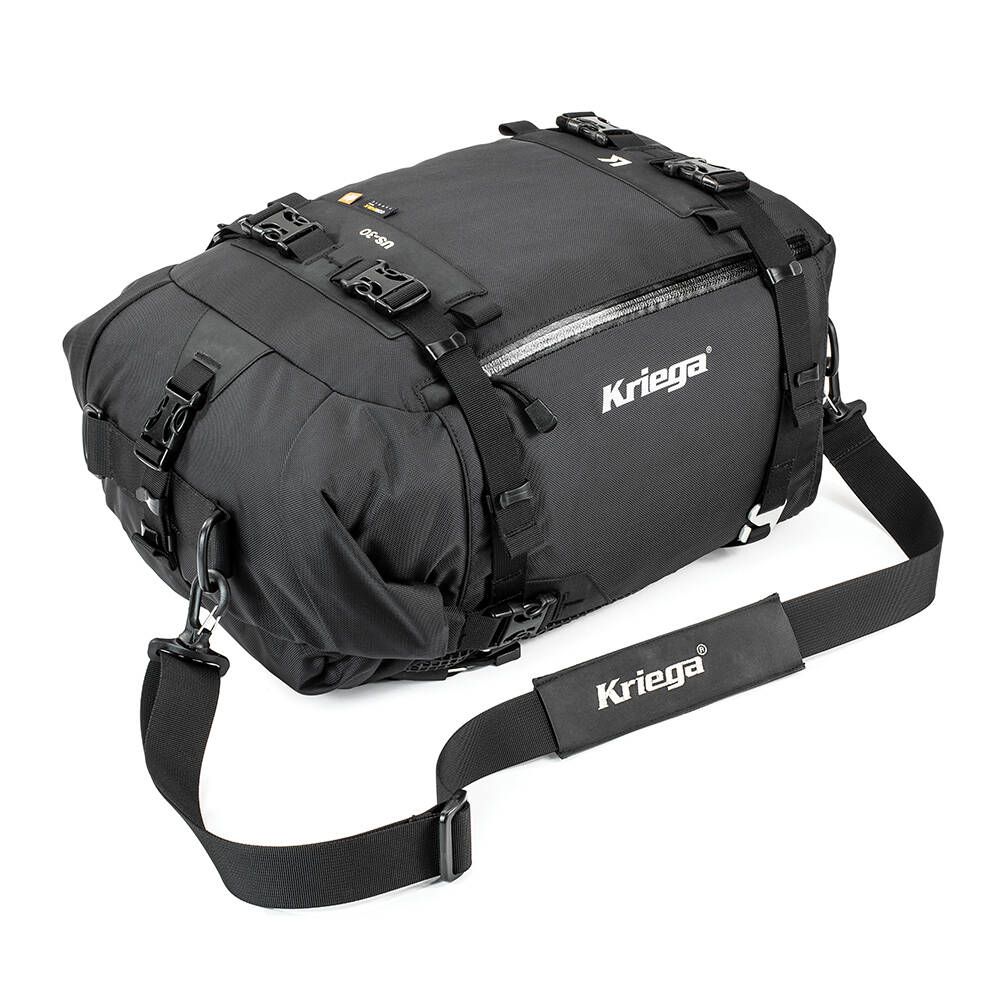Planning your first motorcycle tour but feeling overwhelmed at the thought of packing? You’re not alone—many beginners find it difficult to choose the right luggage when faced with countless options online. Selecting the best motorcycle luggage for touring can be a daunting task, especially when trying to balance weight distribution, durability, weather protection, and enough storage for your essentials.
Although I haven’t completed a formal multi-day tour myself, I’ve taken several holidays where the motorcycle was our primary mode of transport. After being weighed down, riding lopsided, and constantly fighting for space with our bags, I quickly learned that while strategic packing helps, well-designed luggage can truly make or break a trip.
This guide will walk you through the essentials and help you identify the best motorcycle luggage for touring, specifically tailored to beginner riders. We’ll focus on reliable, user-friendly options that simplify packing and mounting—without sacrificing comfort or safety.
Keep reading to get a head start on your packing list!


How to Choose the Best Motorcycle Luggage for Touring?
Before diving into specific recommendations, we need to discuss the basics. Because packing for a motorcycle is completely different to any other mode of transport, understanding the features that matter most when evaluating luggage options for touring is critical. After all, struggling for balance or having gear fly off mid-tour sounds very unappealing – a beginner’s nightmare.
When researching the best motorcycle luggage for touring on the market, make sure to start by considering the following key features:
- Ease of Mounting and Removal: As a beginner, you’ll want luggage that doesn’t require advanced installation skills. Look for systems that use straps, quick-release buckles, or simple rack attachments. It is very easy to lose small bits and pieces on the road, so be mindful that if additional mounting equipment is required, always pack spare parts somewhere easy to locate and retrieve. Similarly, the more universal the system is, the easier it will be to buy a new part or strap should something become damaged or get lost.
- Durability and Build Quality: Touring often means varying weather and road conditions. Choose luggage made of weather-resistant or waterproof materials like ballistic nylon, PVC tarpaulin, or reinforced polyester.
- Weight and Balance: A well-balanced setup improves your handling and overall riding experience. Consider how heavy your bags are and make sure the weight is evenly distributed over the back and sides of the bike. If you have a passenger, remember to factor them into the weight, balance and physical space available as well. I have fought for seating space with my luggage to the point where I have ended up crouching rather than sitting on the back. Looking and feeling like a gremlin is neither comfortable nor attractive.
- Capacity and Organization: For the women out there (or even some men), this is where you start watching YouTube videos on capsule wardrobes. Think about what you truly need to carry. For beginners, especially for a weekend or short trip, 30-60 litres of combined capacity is usually enough. Although it sounds like a lot, we are talking more carry-on rather than checked-in luggage. Nonetheless, as someone who regularly travels with just a carry-on, I can assure you that good planning with a focus on essentials will fit you right in those 30-60 litres with room to spare.
- Compatibility with Your Bike: Not every bag suits every motorcycle. Take some time to review your luggage for the dimensions, attachment style, and clearance for the exhaust and wheels. As I always say, if in doubt, and especially if you are planning to rent a motorcycle at your destination, experiment as much as you can back home. I have a burn scar half the size of my palm on my leg from hanging off the motorbike awkwardly to accommodate for luggage.

Types of Motorcycle Touring Luggage
Here’s a quick breakdown of the most common types of motorcycle luggage for touring. Touring luggage comes in several forms. Interestingly, I personally own none of the below. I have made do with a duffle/weekender nylon bag from Longchamp which has served me well through the desert, rain, humidity and even snow. My boyfriend similarly uses something like a gym bag, which he straps down onto the back of the motorcycle alongside my weekender. However, the longest trip we have ever done this way was two weeks long staying in 4-5 star hotels. Watch this space once we actually go on tour!
Saddlebags (Panniers)
- Attach on either side of the rear seat or wheel
- Available in soft (flexible and lighter) or hard (rigid and lockable) versions
- Great for balancing weight and storing clothing, tools and gear
- Soft saddlebags are ideal for beginners as they’re affordable and easy to mount
Tank Bags
- Sit on top of the fuel tank, often secured with magnets or straps
- Best for essentials you need on the go: wallet, phone, snacks, maps
- May come with a clear top pocket for navigation
Tail Bags
- Mount behind the seat or on a luggage rack
- Provide central weight distribution, making them great for handling
- Good for mid-sized items like jackets, rain gear or electronics
Top Cases
- Rigid, lockable boxes mounted on a rear rack
- Provide excellent weather protection and security
- More expensive and require specific racks or mounts
- Not always beginner-friendly unless your bike already has a mounting system
Dry Bags
- Waterproof roll-top bags often used as tail bags
- Lightweight, affordable and completely waterproof
- Great for wet-weather riding or minimalist packing
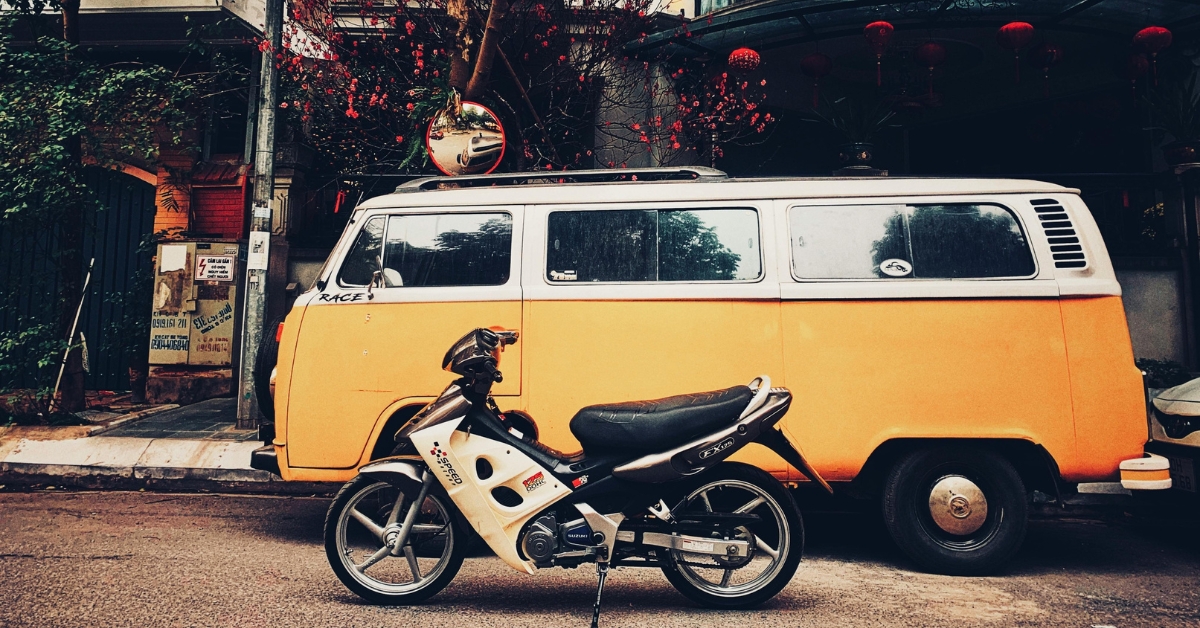
Best Motorcycle Touring Luggage Options for Beginners in 2025
To give you a few examples of beginner-friendly options that strike a balance between quality, affordability and ease of use, check out the list below. As always, we do not currently have any affiliate links or association with any of the brands or products. The moment we do, we will inform our readers. I have also not personally tried out these products, but I included them based on extensive research and reviews from experienced riders. Who knows, I may be swapping out my trusty Longchamp bag for something on this list very soon!
1. Nelson-Rigg Sierra Dry Saddlebags
2. Givi Easy-T 6L Tank Bag
3. Oxford Aqua T-50 Roll Bag
4. Shad SH40 Top Case
5. Kriega US-30 Drypack

Common Motorcycle Touring Packing Mistakes (And How to Avoid Them)
Unfortunately, a lot of these mistakes have found me. Avoid these common pitfalls to save both yourself and your passenger frustration and discomfort (and second degree burns from legs hanging awkwardly due to improperly stowed luggage!).
- Overpacking: For most people, this is mainly an issue with clothing. I can assure you that you need much less than you think. A capsule wardrobe is your best friend. When I pack for a holiday, I make sure that every top matches every bottom, which matches every bag and every pair of shoes. If in doubt, or you are packing something for “just in case”, best leave it at home.
- Ignoring Weather: Did you know that the end of summer/early autumn can be quite rainly along the Mediterranean coastline? I found this out only after being soaked to the bone with no umbrella, raincoat or jacket to call my own. Make sure your bags are waterproof, or carry rain covers. Being a highly practical person myself, I would simply not buy a travel bag that is not waterproof.
- Skipping a Trial Run: Pack your bike and ride around your neighbourhood before touring. The longer the tour, the more you need to check and trial. I would not recommend leaving things to chance, especially if you are travelling somewhere remote. You want things to break and fall apart when you have a chance of improving them.
- Improper Mounting: Always double-check that your luggage is secure and not interfering with wheels or exhaust. From a personal note, always also make sure that there is enough space for your passenger to sit behind you and in front of the luggage. I am a petite lady of less than 110 pounds, but I have been squashed to the size of a pancake but improperly mounted luggage. Lucky it was only for 15-30 minutes at a time!
- Not Knowing What You Packed Where: Label or memorize where each item is for quicker access. This is particularly important if you are on a day trip and need to get on and off the bike many times for sightseeing. My boyfriend uses a motorcycle shift pad while riding, which I stow away in my handbag when not in use. Who knows where a small item like that will end up otherwise?
- Pack Heavy Items Low and Centred: This improves balance and handling. For example, if using saddle bags, place these items right at the bottom, making sure to match the weight on each side.
- Use Packing Cubes or Dry Bags: Keep similar items together and separate clean/dirty clothes. I have never used packing cubes myself, but still follow this rule through small canvas bags.
- Distribute Weight Evenly: Same as with heavy items, balance your saddlebags and avoid overloading one side.
- Leave Room for Extras: You may not be the souvenir type, but I am, especially when it comes to pottery from local artisans. Those 30-60 litres can fill up quite fast with just essentials, let alone my one-of-a-kind bowl. On the other hand, my boyfriend has not bought a single thing that I recall in all the years I have known him. You know how much you buy, I’m sure!
- Secure Everything Tightly: Loose bags can shift or fall off—use straps and clips properly. Before you take off, grab, stretch and shake each strap and clip as much as you can. Better it fall off in front of you than fly off in the middle of the road. If it doesn’t look very secure, it will be even more mobile on the road. Don’t take your chances – you may never see that item again.
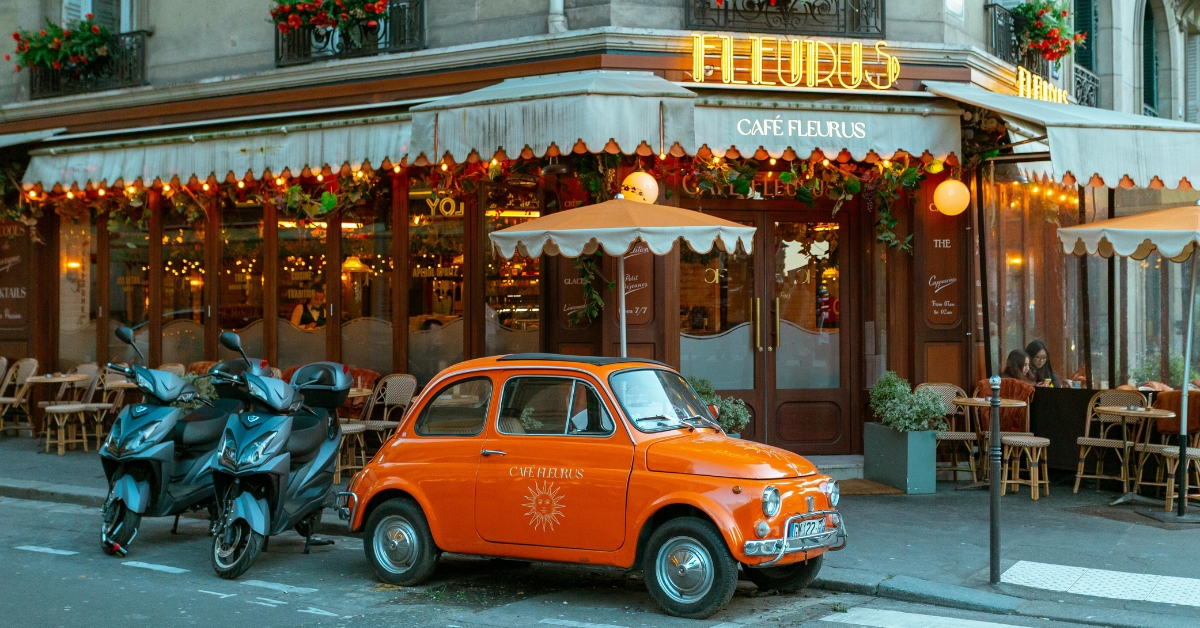
FAQ: Motorcycle Luggage for Touring Beginners
Q: Can I use regular backpacks or duffel bags instead of motorcycle luggage?
A: While possible, regular bags often lack secure mounting options and waterproofing. Dedicated motorcycle luggage is designed with safety and durability in mind. From a real life perspective, I would consider where you are travelling to, the climate and terrain and how long for. I have travelled with a weekender bag before, but I was not really on the road for more than an hour maximum at a time. We also stayed in 4-5 star hotels, so we had to bring only clothing. If you are doing a proper tour, especially if you are in the countryside or in an underpopulated area, buy for quality.
Q: Do I need to buy luggage racks for soft saddlebags?
A: Not always. Many soft saddlebags can be mounted using straps alone. For longer trips, a rack does help with support and stability.
Q: Is hard luggage better than soft luggage for touring?
A: Hard luggage offers more security and weather protection. Soft luggage is lighter, more flexible and easier for beginners to manager. Personally, I have never tried hard luggage, but my boyfriend’s main backpack has a hard shell – an item he has really enjoyed using and is still in use after several years. (Note – please don’t wear hard backpacks with a passenger. I felt like my ribs were going to break squeezed against that thing. Now I am the one stuck with the backpack when there are two of us).
Q: What size luggage should I get for a 3-day trip?
A: A combined capacity of 30-50 litres is usually sufficient. Prioritise smart packing and versatile gear. Once again, my boyfriend and I have travelled comfortably for two weeks with about 30 litres of luggage each. But we did travel during summer in Europe and stayed in mostly 4-5 star hotels. I would still say you need much less than you think, and if in doubt, leave it at home.
Q: How do I keep my luggage safe when parked?
A: Fortunately, we have actually never been robbed. But we have not left anything unlocked, ever. Use lockable bags when possible (I would say always). For soft luggage, consider cable locks or removing valuables when leaving the bike unattended.
Q: Are tank bags safe for beginners?
A: Yes, especially magnetic or strap-on types. Just make sure they don’t obstruct your view or riding controls.
Q: How should I clean and maintain my motorcycle luggage?
A: Use mild soap and water for soft bags. Hard cases can be wiped clean. Check mounting systems regularly for wear and tear.
Q: What is the most important factor when choosing motorcycle luggage for touring?
A: Ease of mounting, capacity and weather protection. Choose based on your trip length and bike type. Ultimately, I would say most things can be strapped onto a bike, so in practicality, the most important thing is to be balanced, strapped down tightly and have everything free of the exhaust and wheels.
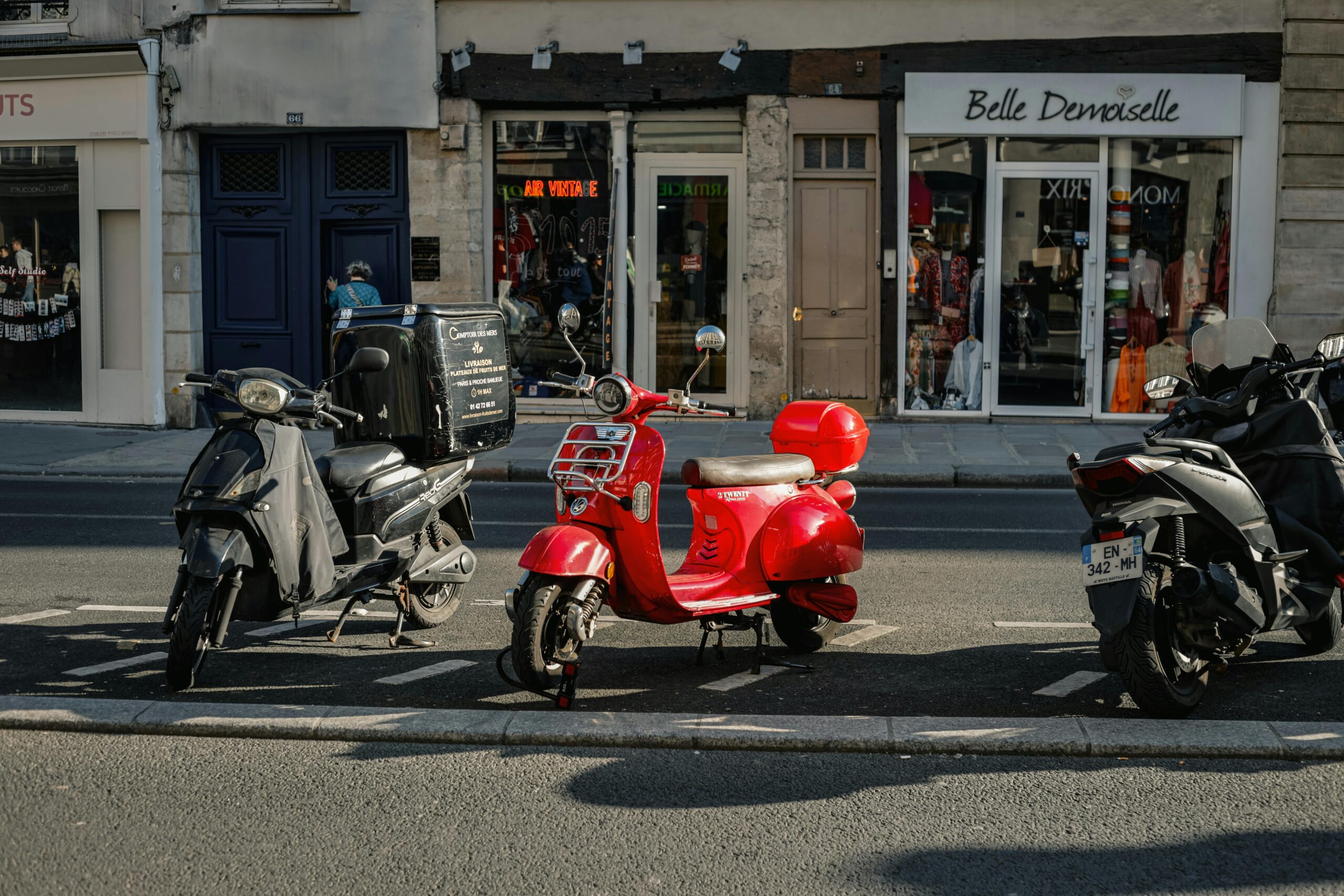
Final Thoughts: Choose Comfort, Safety, and Simplicity
Choosing the best motorcycle luggage for touring as a beginner doesn’t have to be complicated. As you have seen, I have regularly strapped down an average weekender and been more than fine. If you are looking to purchase a dedicated touring bag, however, focus on ease of use, compatibility with your bike, and the conditions of your trip. A well-packed, balanced bike not only makes the journey more enjoyable but also much safer. With the right luggage, you’ll spend less time worrying about your gear flying off – and more time soaking in the ride. Start small with weekend rides to test your setup before committing to longer tours. Remember, problems are much easier to solve at home than overseas.
Now that you know what to look for luggage wise, have a look here to find your best lightweight motorcycle helmet for touring. Best to be prepared on all fronts!


